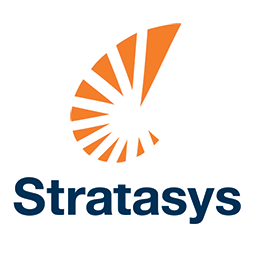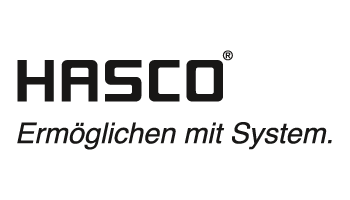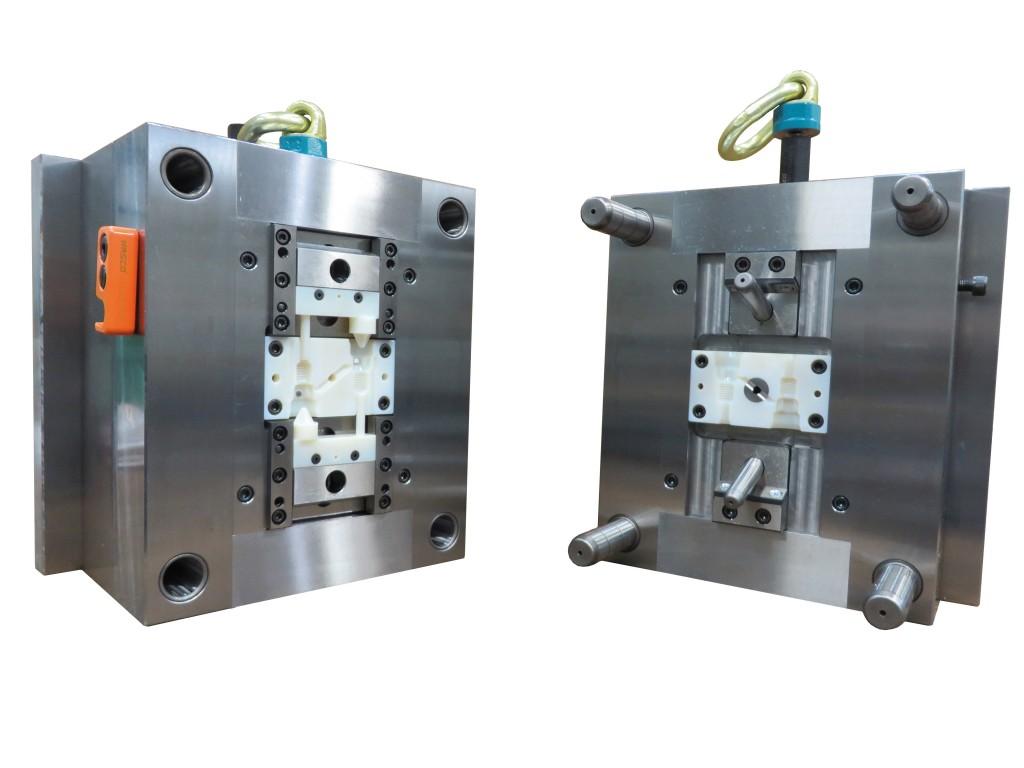 Injection molding is probably the single most popular form of mass production on the planet. While the manufacturing process was invented in 1919 it wasn’t until World War II that it became widely used and since then we’ve been living in an injection molded world. It is very likely that every person on the planet has dozens if not hundreds of products manufactured with the process in their home. Initially only certain varieties of plastics could be injection molded and to this day thermoplastics remain the most popular application. But these days the process will work with virtually any material, including metal, flexible elastomers, glass and even food. Molds are typically made from steel or aluminum and created using subtractive manufacturing techniques like a CNC machine. But recently companies have begun experimenting with advanced 3D printing materials and processes in order to simplify the mold creation process.
Injection molding is probably the single most popular form of mass production on the planet. While the manufacturing process was invented in 1919 it wasn’t until World War II that it became widely used and since then we’ve been living in an injection molded world. It is very likely that every person on the planet has dozens if not hundreds of products manufactured with the process in their home. Initially only certain varieties of plastics could be injection molded and to this day thermoplastics remain the most popular application. But these days the process will work with virtually any material, including metal, flexible elastomers, glass and even food. Molds are typically made from steel or aluminum and created using subtractive manufacturing techniques like a CNC machine. But recently companies have begun experimenting with advanced 3D printing materials and processes in order to simplify the mold creation process.
 HASCO is one of Europe’s leading form-service and mold making companies and currently holds the largest stock of standard mold parts in Scandinavia. They recently developed a Quick-Change Mold System which allows injection molding manufacturers to quickly and efficiently swap out their molds to reduce the time and expense of resetting their machinery. And thanks to 3D printed molds made on a high-tech Stratasys 3D printer they have made the process even cheaper, allowing for faster and less expensive prototyping, samples and affordable low-volume production runs.
HASCO is one of Europe’s leading form-service and mold making companies and currently holds the largest stock of standard mold parts in Scandinavia. They recently developed a Quick-Change Mold System which allows injection molding manufacturers to quickly and efficiently swap out their molds to reduce the time and expense of resetting their machinery. And thanks to 3D printed molds made on a high-tech Stratasys 3D printer they have made the process even cheaper, allowing for faster and less expensive prototyping, samples and affordable low-volume production runs.
“With time-to-market cycles shorter than ever and production quantities dropping, our customers are now looking for solutions that enable them to deliver prototypes quickly and cost-effectively. Compared with conventional metal or aluminum inserts, our new approach offers molders the flexibility to quickly produce and switch inserts, making them much more productive and profitable. Combining our longstanding heritage in mold making with Stratasys’ pioneering expertise in 3D printing injection molds, this best of both worlds technique is the future of prototype and low volume production,” said Dirk Paulmann, HASCO’s Executive VP of Sales & Business Development.
The injection molds are 3D printed using a Stratasys Objet500 Connex 3D printer, with the molds themselves being printed using their super-durable Digital ABS material. In addition to being one of the most advanced, multi-material 3D printers on the market, the Objet500 Connex is also a remarkably fast printer. By 3D printing molds rather than milling them from aluminum the time required for the mold production process can be dramatically reduced, allowing for quick and inexpensive adjustments to prototypes and molds. When the molds are combined with the K3500 Quick-Change Mold System, HASCO says that it sets a new low-cost benchmark for prototyping and low-volume injection molding.
“The speed of the process was incredible. Using our Objet500 Connex 3D Production System, we produced the parts of the cavity that shape the polymer – such as the inserts and slides – in just six hours compared to the 24 hours it previously took. Through the use of tried-and-tested standardized HASCO products and Stratasys state-of-the-art 3D printing, the project has proved that it is possible to implement this innovative rapid-technology application within the injection molding process. For the production of low-volume prototypes in the final product material, the ability to quickly change molds with a 3D printed cavity offers a rapid, low-cost alternative to conventional methods,” Paulmann confirms.
HASCO stumbled on the process almost accidentally while producing a sealing plug using its industry-standard A8001 clamping fixture. Because of the geometry of the screw required it simply could not be produced using conventional injection molding processes. But because the Stratasys Objet500 Connex is capable of extremely fine detail on objects with complicated geometries, HASCO was able to redesign the screw mold at the correct size and wall thickness without any problems. The company 3D printed several new mold inserts to test and verify the integrity of the design. Once the 3D printed molds proved themselves to work as expected they happily moved on to the mass production phase.
You can find out more about the K3500 Quick-Change Mold System on the HASCO website. And you can find out more about the Stratasys Objet500 Connex 3D printer here. Let us know your thoughts on the future role of 3D Printing within the injection molding space. Discuss in the HASCO forum thread on 3DPB.com.
Subscribe to Our Email Newsletter
Stay up-to-date on all the latest news from the 3D printing industry and receive information and offers from third party vendors.
You May Also Like
Gorilla Sports GE’s First 3D Printed Titanium Cast
How do you help a gorilla with a broken arm? Sounds like the start of a bad joke a zookeeper might tell, but it’s an actual dilemma recently faced by...
Nylon 3D Printed Parts Made More Functional with Coatings & Colors
Parts 3D printed from polyamide (PA, Nylon) 12 using powder bed fusion (PBF) are a mainstay in the additive manufacturing (AM) industry. While post-finishing processes have improved the porosity of...
$25M to Back Sintavia’s Largest Expansion of Metal 3D Printing Capacity Since 2019
Sintavia, the digital manufacturing company specializing in mission-critical parts for strategic sectors, announced a $25 million investment to increase its production capacity, the largest expansion to its operations since 2019....
Velo3D Initiates Public Offering in a Bid to Strengthen Financial Foundations and Drive Future Growth
Velo3D (NYSE: VLD) has been among a number of publicly traded 3D printing firms that have attempted to weather the current macroeconomic climate. After posting a challenging financial report for 2023,...

































